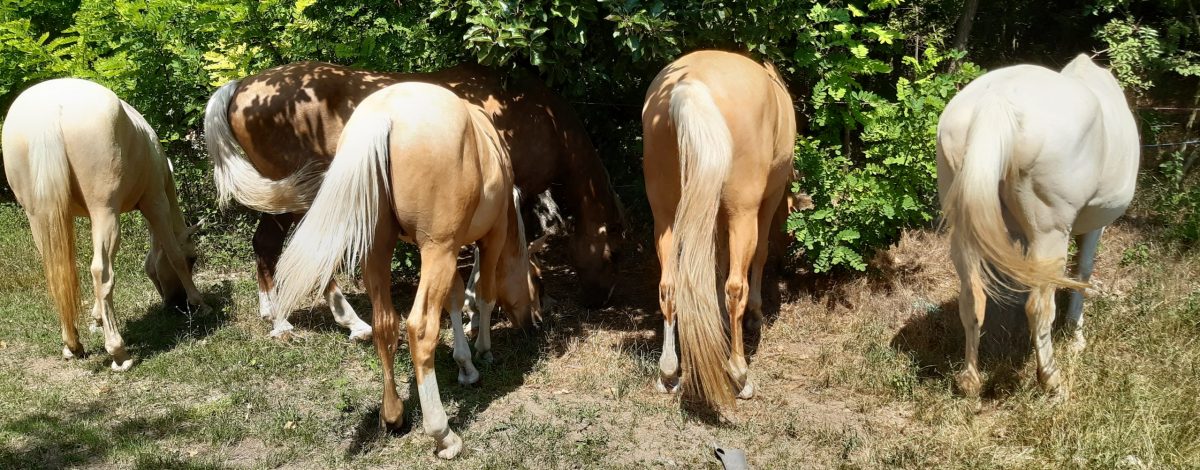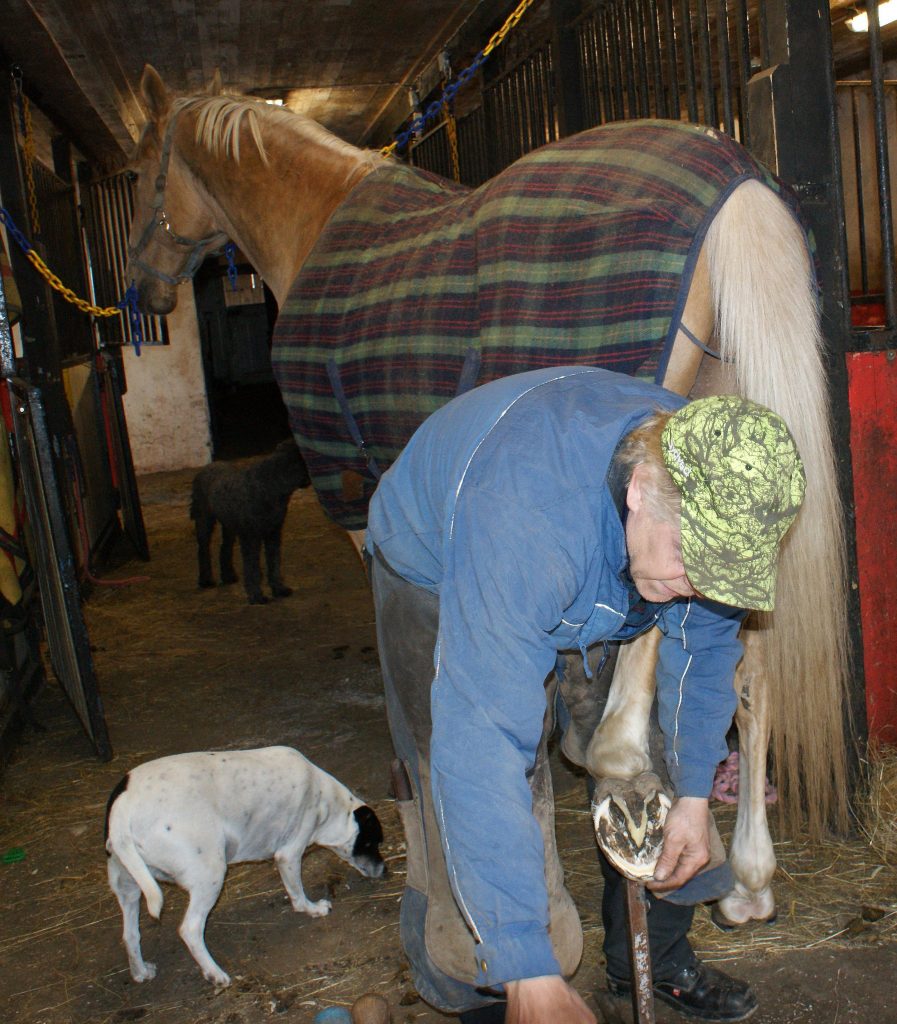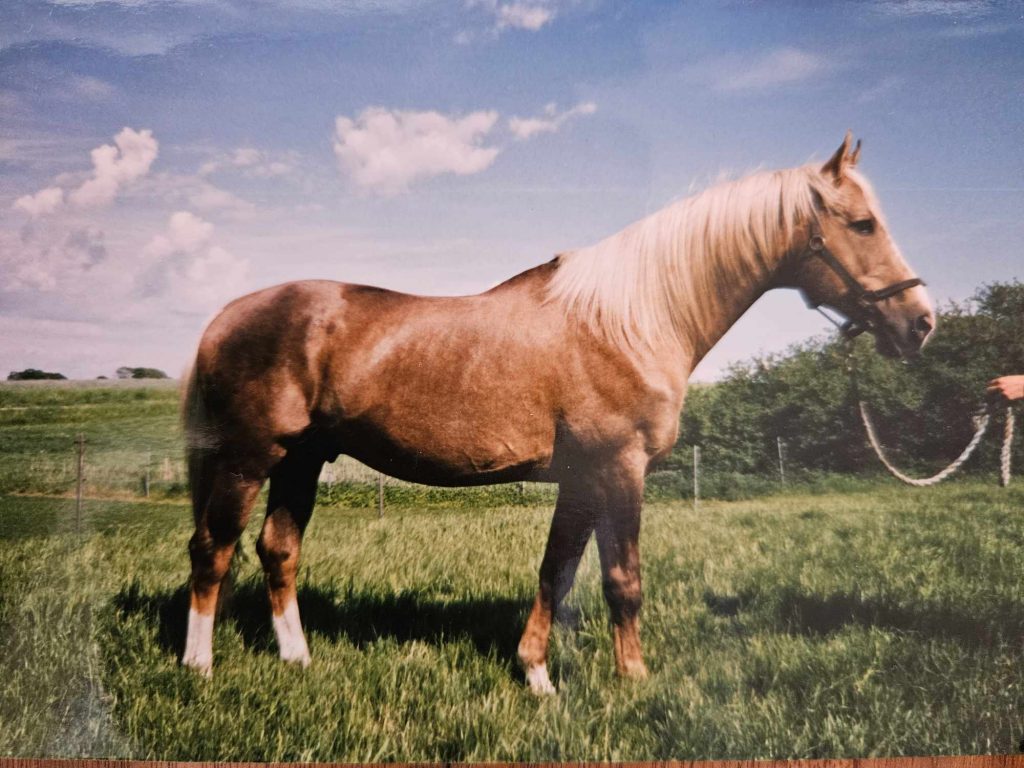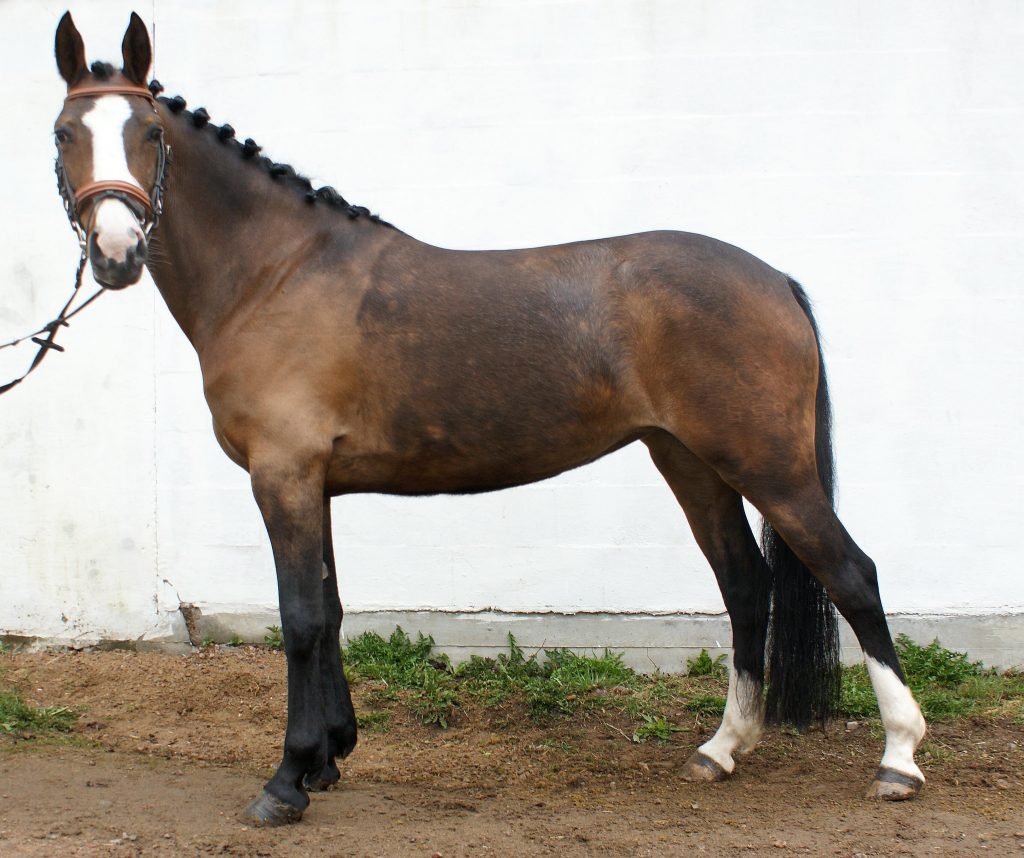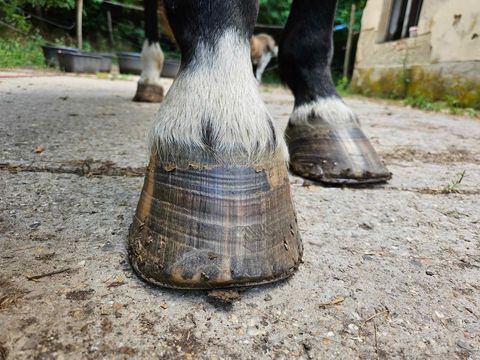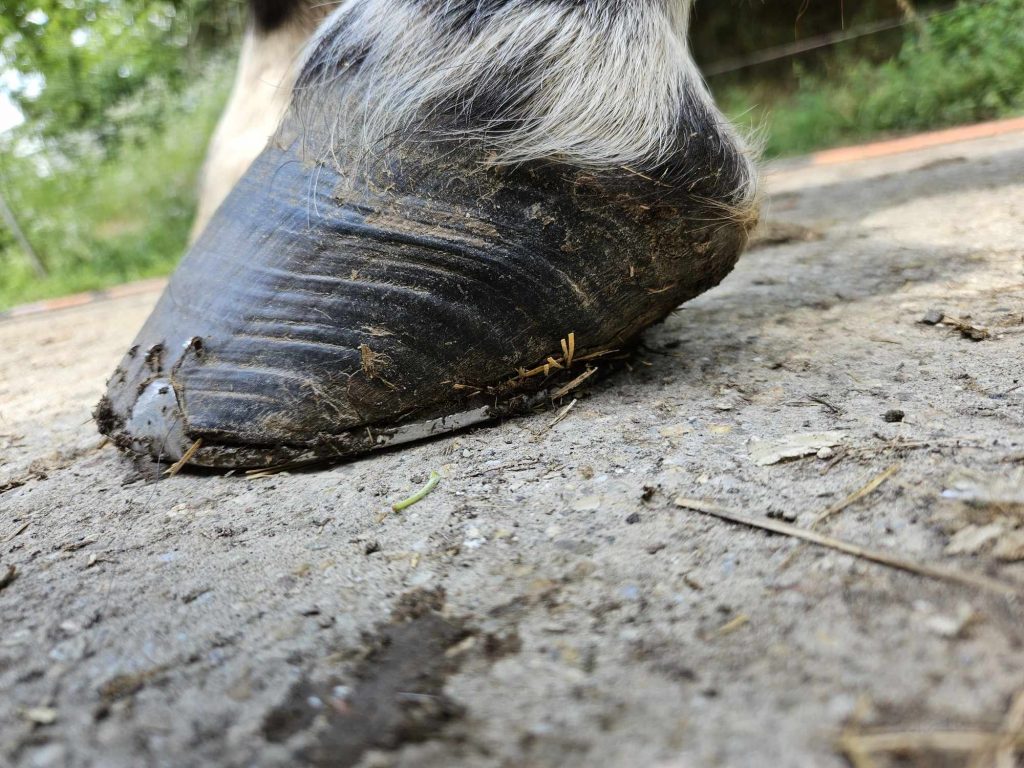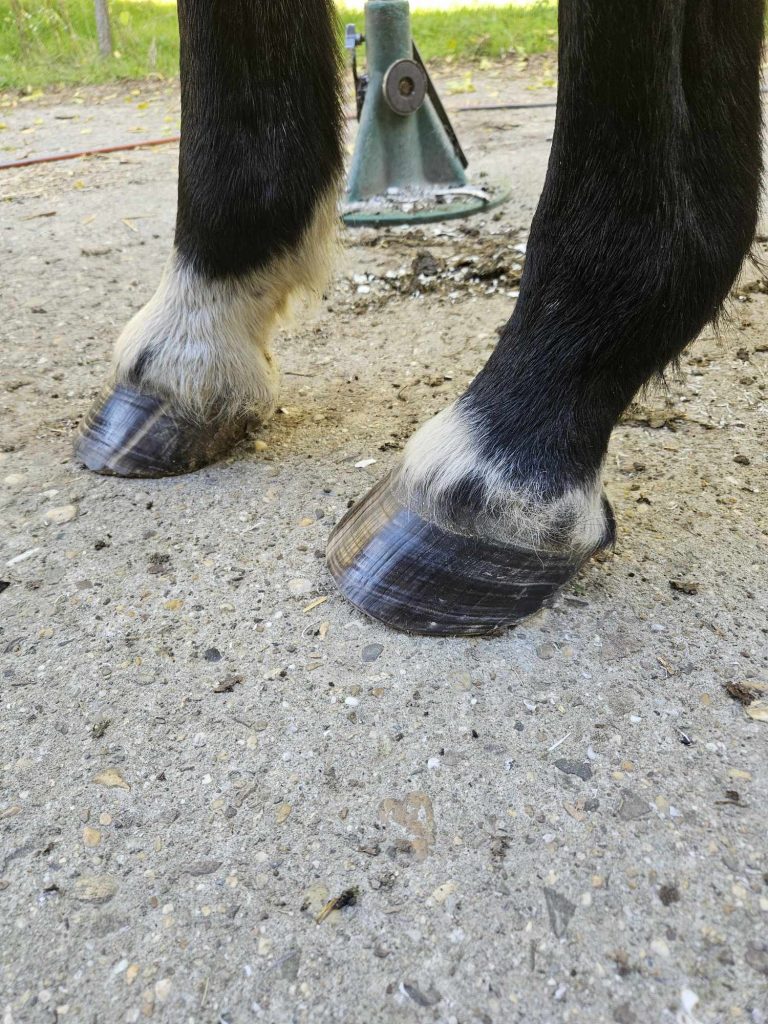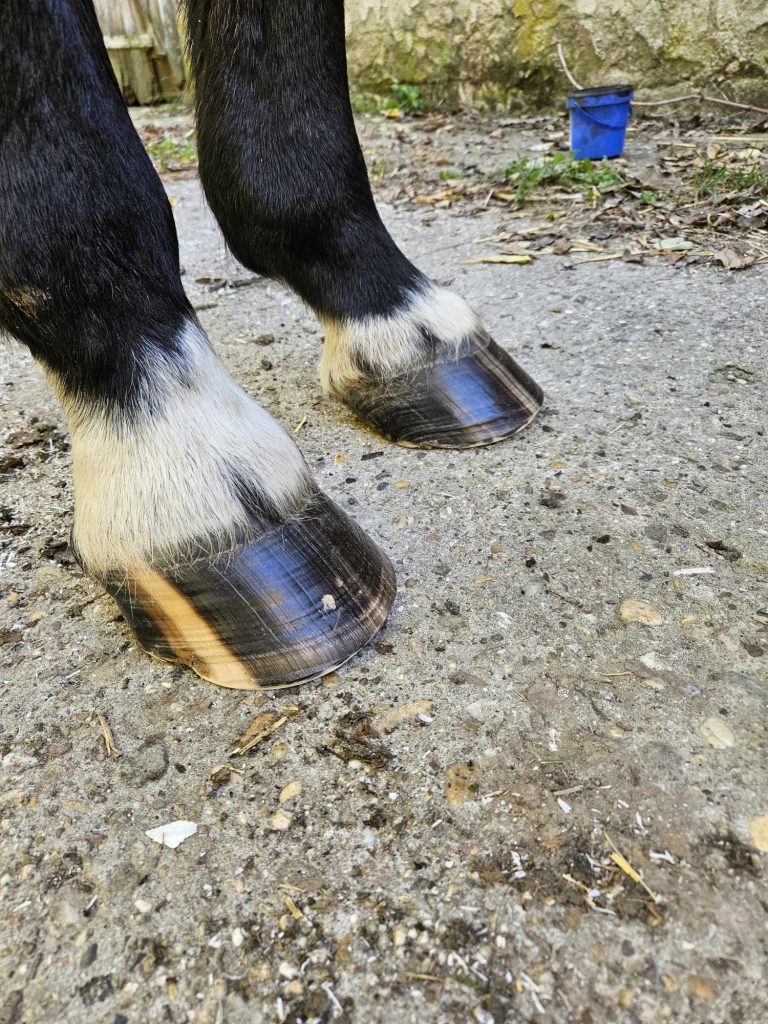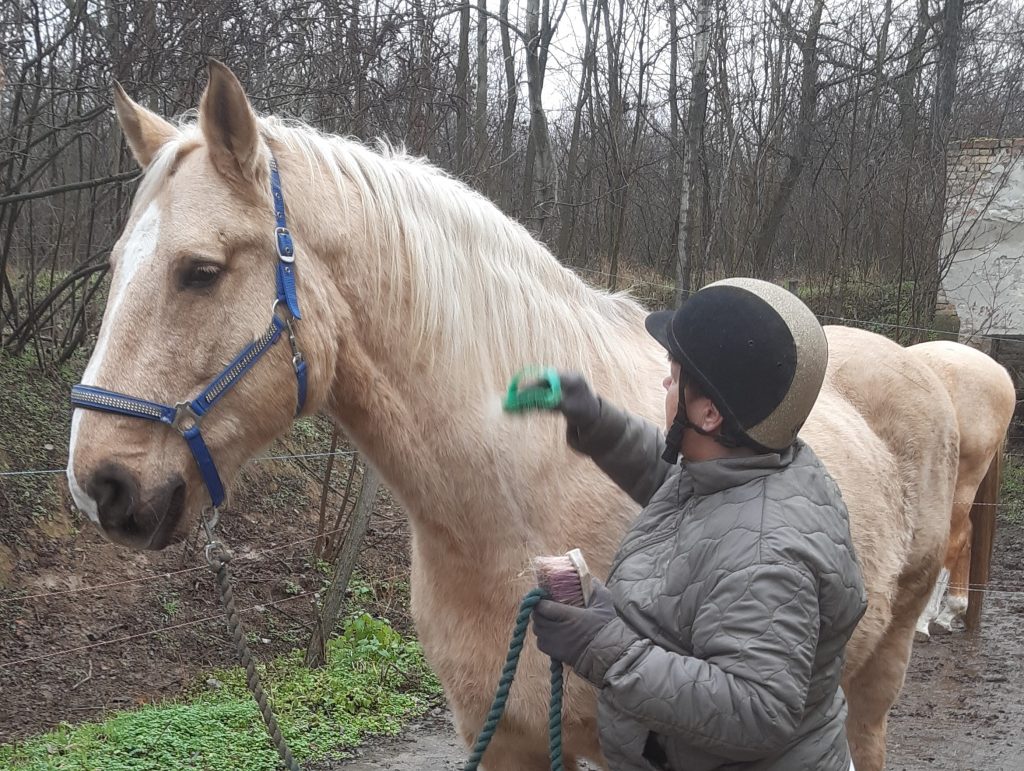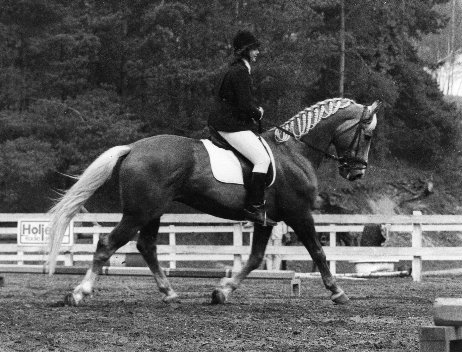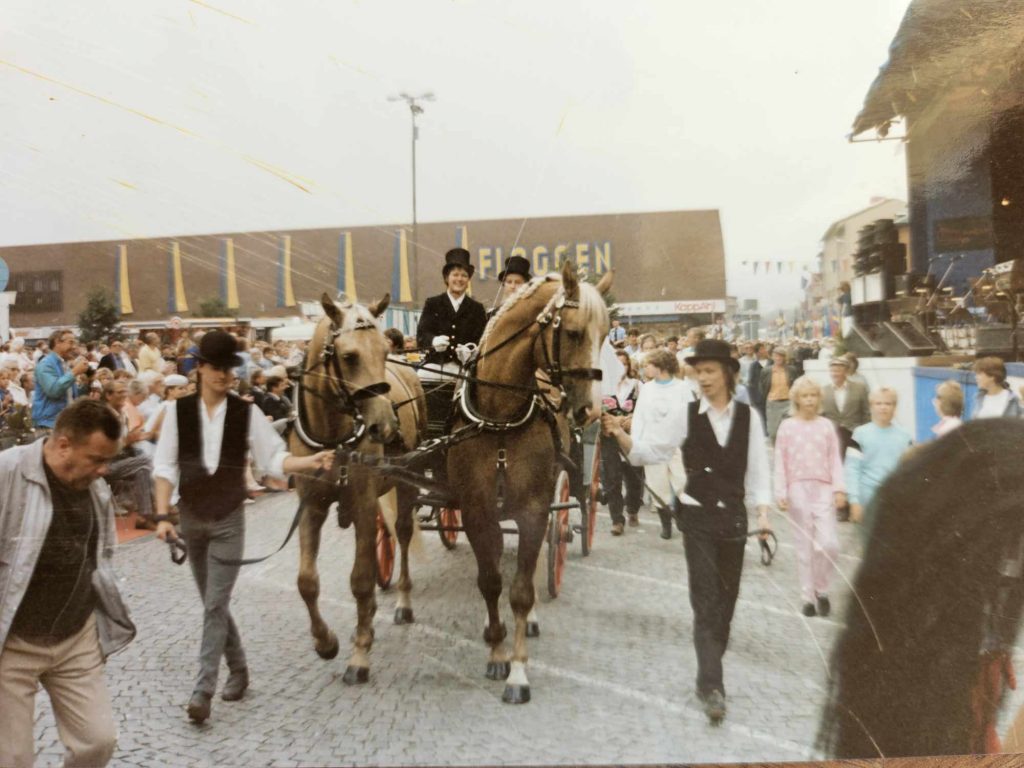The Reluctantly “Willing”
Our family is like so many others: the wife (me) is a passionate horse lover, and the husband – who probably didn’t fully realize what he was signing up for when he said “I do” – has ended up with a rather different daily life than he might have imagined.
I have to say, I made a smart choice. I married a handy man who works in construction and knows how to operate both tractors and excavators. Perfect for building stables, creating riding arenas, and yes, we’ve even managed to add a couple of indoor arenas over the years. While my husband wasn’t particularly interested in horses to begin with, he does enjoy farming and has found his own “hobby” in producing excellent hay for the horses and fixing fences that mysteriously keep breaking.
As for his lack of interest in horses? Well, over the years he’s had more than his fair share of lead ropes handed to him – either to help move horses or to hold a mare during breeding. And you know what? I’m fairly certain he’s actually enjoyed it, deep down. He’s even started to notice the horses’ individual personalities and has had his own favorites in the herd.
But… sometimes I wonder if he secretly dreams of the day I finally “grow out of” the horse phase now that I’m older. Perhaps he’s hoping for a retirement free from rolling hay bales and mending fences. He’s never said as much, but I have my suspicions, especially when I tease him a little.
Like the other day. I decided to test him.
I only have three horses left now – quite modest compared to the 25–30 I used to have – and to me, it feels a bit empty. The most recent addition is a rescue horse with a ligament injury in her right front leg. He’s still limping a bit, though he’s much improved. The other two are my own homebred horses, now 17 and 18 years old. One has this peculiar habit of occasionally lifting his left hind leg, as if he’s trying to stretch it. And the third? She was recently lame in her right hind leg, though I couldn’t figure out why – maybe she stepped wrong and twisted it.
So there we were one evening, my husband and I. He was deeply engrossed in watching YouTube on his phone when I suddenly said,
“I think I need to buy another horse…”
I watched as his entire body froze. His eyes glazed over, and he stared at me as if I’d just suggested we move to Mars. His breathing grew heavier, his nostrils flared, but he didn’t say a word.
I continued, pretending not to notice his reaction:
“Yes, I think I need to get a horse that’s lame in the left front leg, so the herd can be symmetrical.”
Half a second passed. Then I couldn’t hold back a smile. My husband saw it and realized I was joking. His whole body seemed to deflate by about 10 centimeters, and he exhaled in relief – loud enough to be heard.
I still haven’t quite figured out if he was worried about the cost – or if the idea of more horses was what really scared him.
Maybe I should buy him a horse for Christmas?

